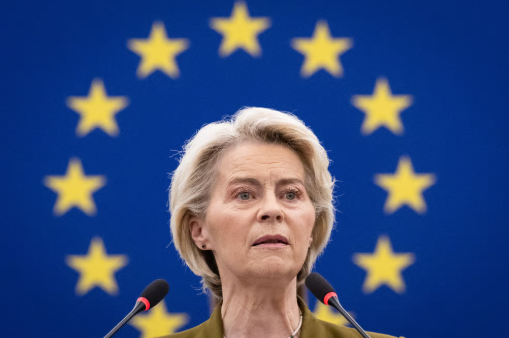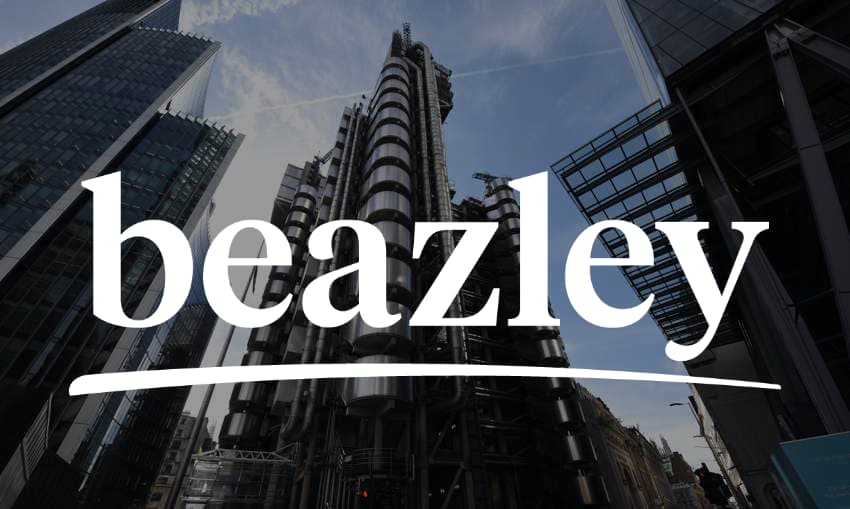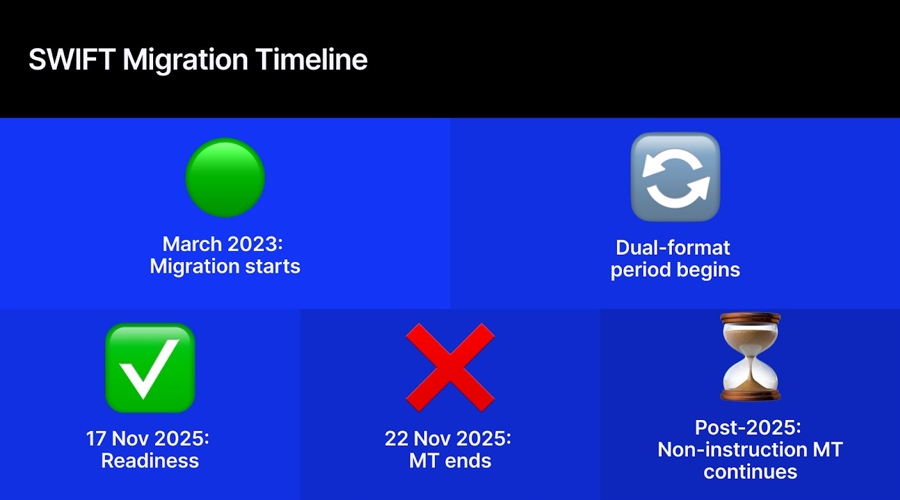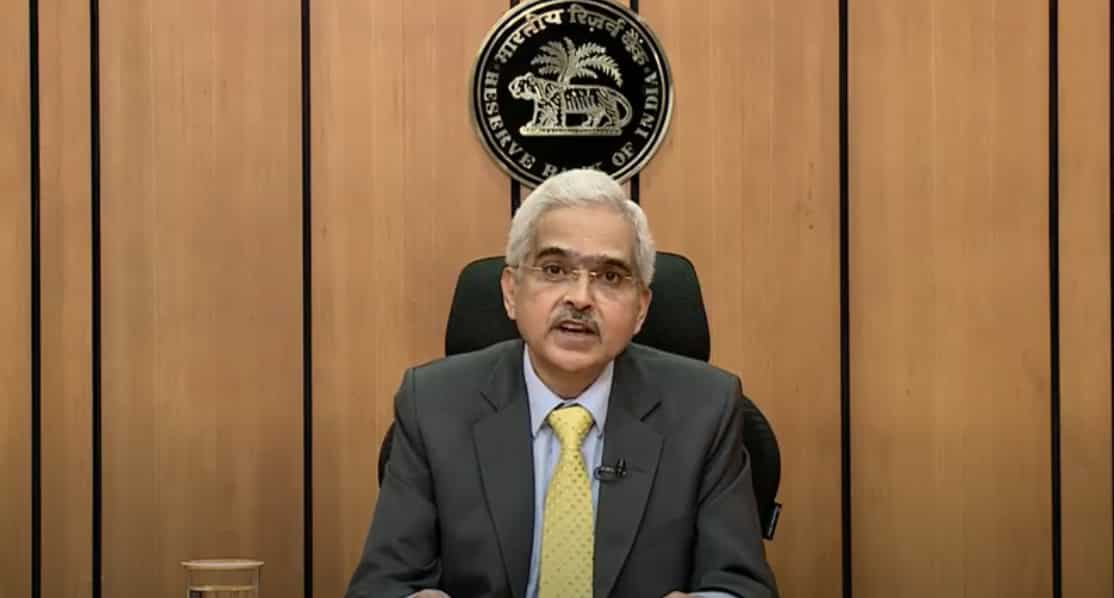Reserve Bank of India governor Shaktikanta on Friday said the latest datapoints on growth, inflation, and currency volatilities indicate that the worst for the financial markets and the world economy is behind us and that high-interest rates for a longer period looks like a distinct possibility going forward.
Though the global economy is projected to contract significantly in 2023, the worst, both in terms of growth and inflation, seems to be behind us. Lately, with some ebbing of Covid-related restrictions and cooling of inflation in various countries, though still elevated, central banks have started what appears to be a pivot towards lower rate hikes or pauses, Das told the annual meeting of the Fixed Income Money Market and Derivatives Association of India (Fimmda) and the Primary Dealers Association of India (PDAI) held in Dubai on Friday.
But Das put a caveat saying at the same time, central bankers continue to emphatically reiterate their resolve to bring inflation down closer to their respective targets. At the same time, high policy rates for a longer duration appear to be a distinct possibility, going forward.
On the growth front, projections are now veering around to a softer recession as against a severe and more widespread recession projected a few months back.
On the domestic front, he said, in this hostile and uncertain international environment, “our economy remains resilient”, drawing strength from its macroeconomic fundamentals.
“Our financial system remains robust and stable. Banks and corporates are healthier than before the crisis. Bank credit is growing in double-digits. We are widely seen as a bright spot in an otherwise gloomy world. Our inflation remains elevated, but there has been a welcome softening on November and December. Core inflation, however, remains sticky and elevated,” the governor said.
On the domestic financial markets, Das said since the 1990s, “we have come a long way in developing the financial markets”.
“The journey of our financial markets through the last decade has been a story of steady progress with stability. Going forward, greater challenges will emerge as the footprints of our banks increase in offshore markets, the range of products expand, non-resident participation in domestic markets grows and as capital account convertibility increases.
“Market participants will have to prepare themselves to manage the changes and the risks associated with globally integrated markets. The achievement of desired outcomes is contingent on financial institutions and market participants taking forward the reform agenda so that we have more vibrant and resilient financial markets,” Das said.
On the external front, he said de-globalization and protectionism are gaining ground as witnessed during the recent global supply-chain shocks. It is thus necessary to build and strengthen bilateral trade relations to deal with such challenges. Accordingly, the government recently signed bilateral trade agreements with the UAE and Australia and more such pacts are in the offing.
Reeling out data as a result of consistent reforms, he said the average current account deficit to GDP ratio stands at 3.3 in first half of FY23. “Though slowing global demand is weighing on merchandise exports, our services exports and remittances remain strong. The net balance under services and remittances remains in a large surplus, partly offsetting trade deficit. Consequently, the current account deficit is eminently manageable and within the parameters of viability.”
Nominal GDP jumped four-fold from Rs 64 lakh crore in FY10 to Rs 273 lakh crore in FY23, external trade also increased over four-fold from Rs 29 lakh crore to Rs 137 lakh crore during this period. The ratio of trade to GDP has risen to 45 in 2021 from 25 in 2000 and foreign direct investment has risen sharply by 2.5x since 2010.
The flow of resources to the commercial sector almost doubled from Rs 12 lakh crore in FY12 to Rs 22 lakh crore in FY22. While banks continue to be a dominant source of financing, market borrowings of the commercial sector rose from Rs 74,000 crore in FY12 to Rs 3,16,000 crore in FY22.
On the financing side, net FDI flows remain strong and foreign portfolio flows have resumed since last July with intermittent outflows from time to time. The size of forex reserves is comfortable and has gone up from USD 524 billion on October 21, 2022, to USD 572 billion on January 13, 2023.
Further, the external debt ratios are low by international standards. This has enabled the Reserve Bank to eschew measures to control capital flows and take steps to further internationalise the rupee, even during episodes of significant capital outflows.
“Today, when we look ahead, we still see challenges, but we can prepare for them with optimism and confidence even as the global economy is still marred by shocks and uncertainty and financial markets remain volatile and the geopolitical situation continues to be tense,” Das said.







































